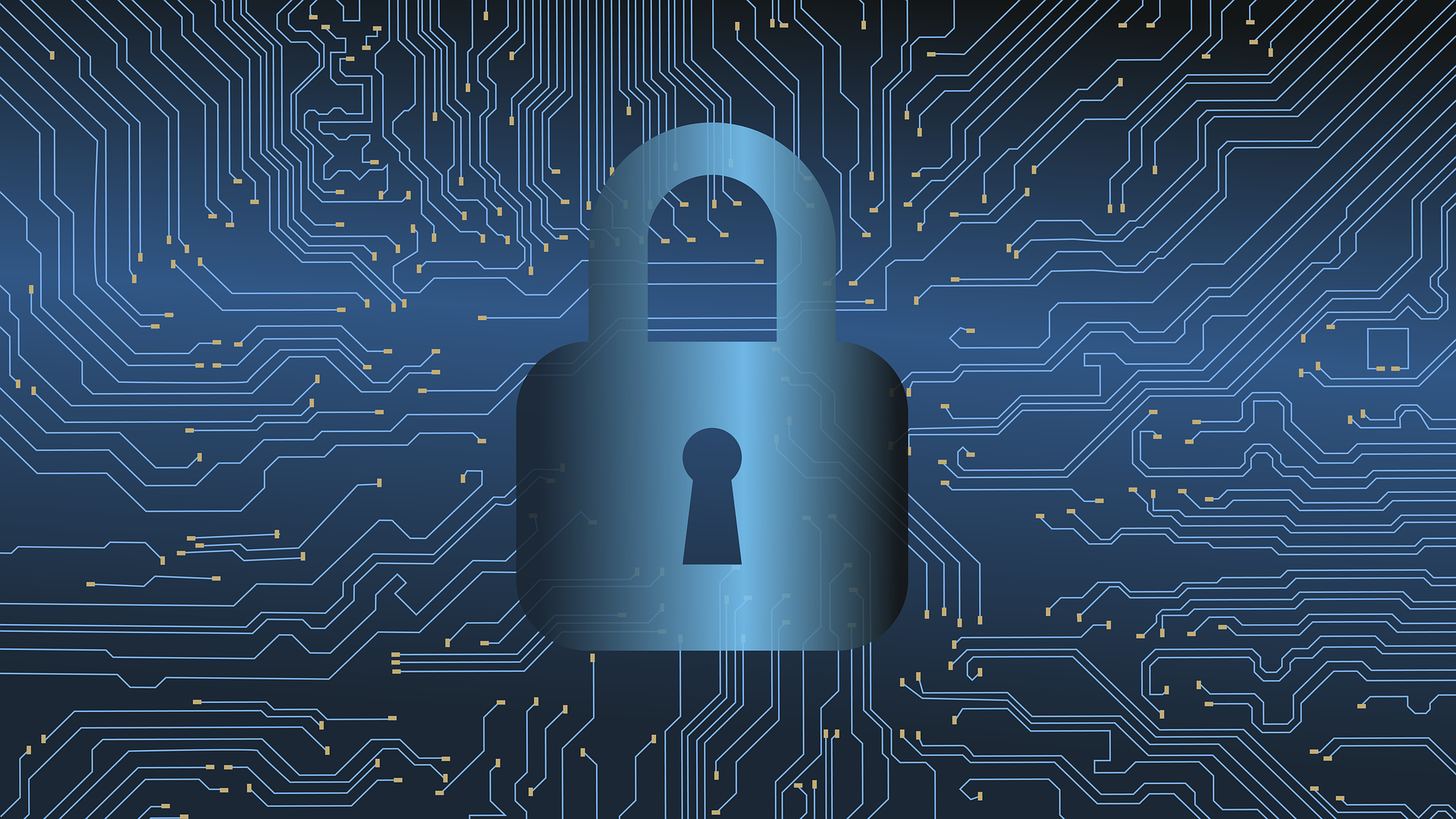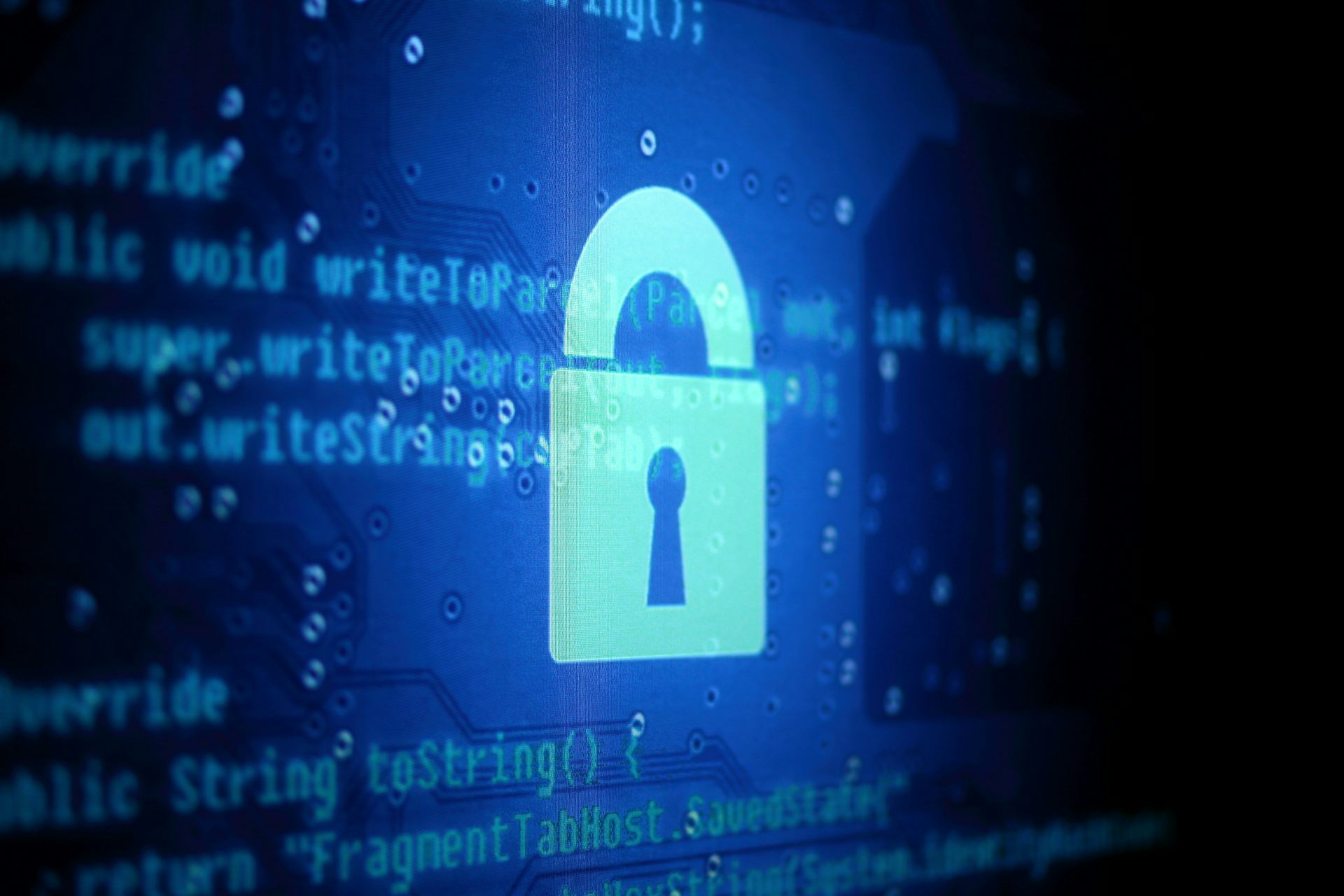

But by the time you attempt this, you will have three to four years' experience and will probably have picked up what you need on the job. Okay, so here, you may need to demonstrate some mathematical savvy. Questions are a mixture of multiple choice and performance. The actual test involves a maximum of 85 questions answered within a 165-minute time period. That's one-quarter of a question under your belt, should you decide to pursue that route to the information security field.

There is one question that refers to regression analysis, so it is, apparently, at least marginally important to know what that is.

This is a very strong sign that access to this growing profession is not restricted to supercharged math academics, although they certainly contribute to the field.Īnother healthy sign for the mathematically challenged, or at least the disinterested, is that the exam for CompTIA Cybersecurity CSA+ certification has no mathematical questions. Never, do you hear him and Abby speak mathematics. On the popular television program, NCIS, cybersecurity expert Tim McGee has degrees from MIT and Johns Hopkins. Hackers and information systems analysts use equations that are far more sophisticated and mathematical structures to encrypt information.

You won't get a huge salary so much as you will a warm glow of satisfaction, but that is the basics of cryptography. Each number stands for a particular letter of the alphabet.īy ferreting out all the uses of 'and', 'the', '-ing', and so on, you can eventually decipher the entire sentence. At its simplest, cryptography is no more difficult than those word puzzles where you are given a sentence that is written in numbers instead of words. You know when your bank or email program gives you an option to have something encrypted? That. Many an algebra or calculus student will tell you how many times 'i' got them out of jams on an exam.Ĭryptography: This probably accounts for the most massive use of mathematics in cybersecurity. It's worth delving deep enough into algebra to get to this topic and have the privilege of using this powerful little tool. Here, you get to use the letter 'i', which stands for the square root of -1. Python is a favorite language among the hacking and cybersecurity communities.Ĭomplex Numbers: The branch of algebra known as Complex Numbers, aka Imaginary Numbers, is actually a lot of fun. In fact, several programming languages, including Python, rely on this to craft decisions and responses. There weren't any computers around during the day of George Boole, its inventor.
#Why is encryption good in network security how to#
Maybe one day they'll figure out how to encrypt email using icons and emojis, but for now, we have to surrender to mathematics.īoolean Values: Some computers use a branch of mathematics known as Boolean Algebra. Every time we post a kitten video, tweet our political views, and tell the world what we had for breakfast, it all boils down to binary code, the numbers '0' and '1'. We get so caught up in our media streaming, online shopping, and social networking that we forget that nothing happens on a computer without numbers.


 0 kommentar(er)
0 kommentar(er)
